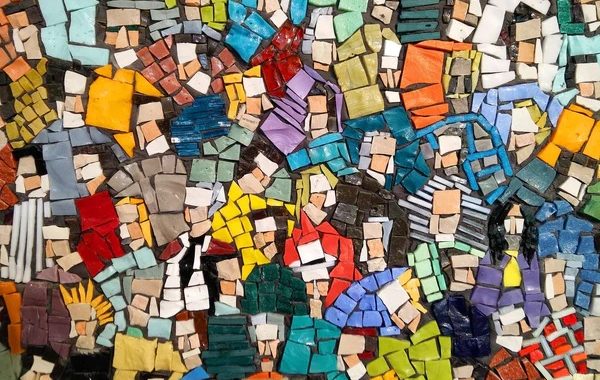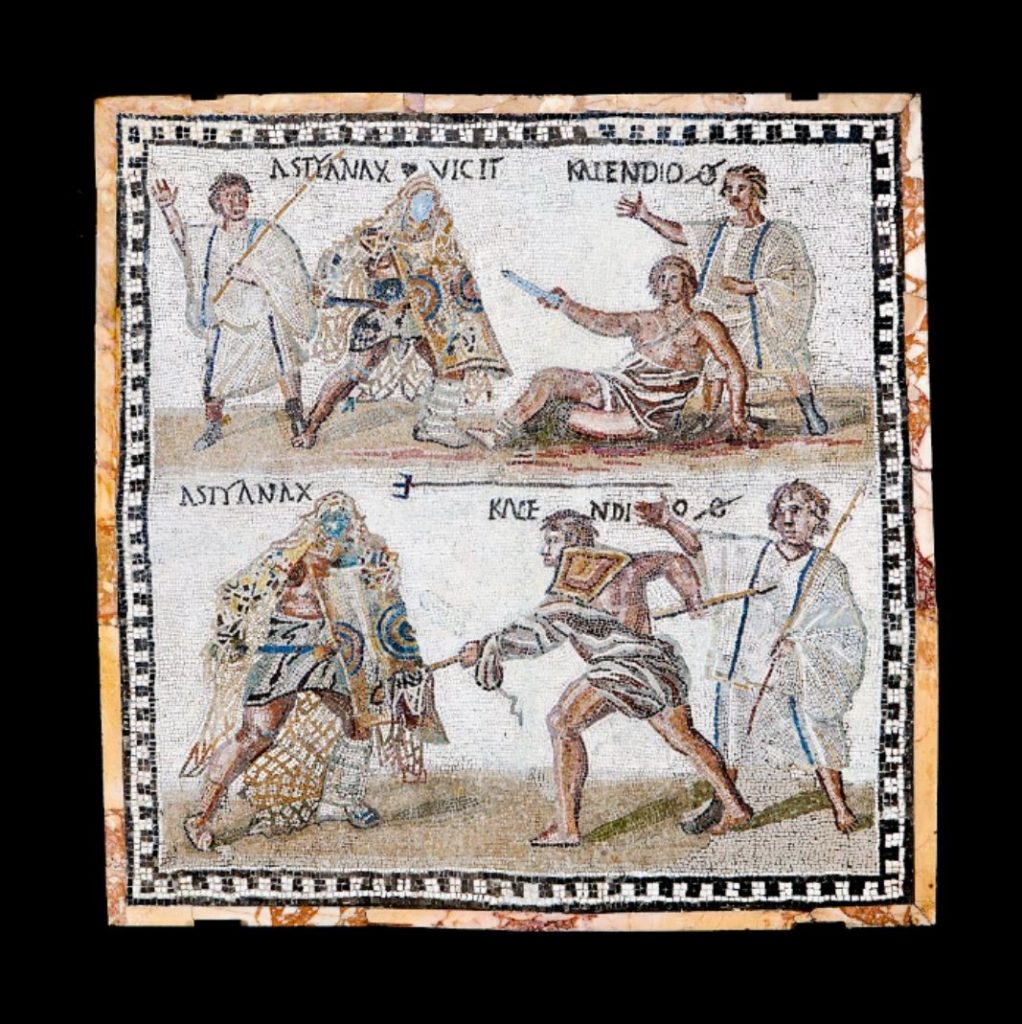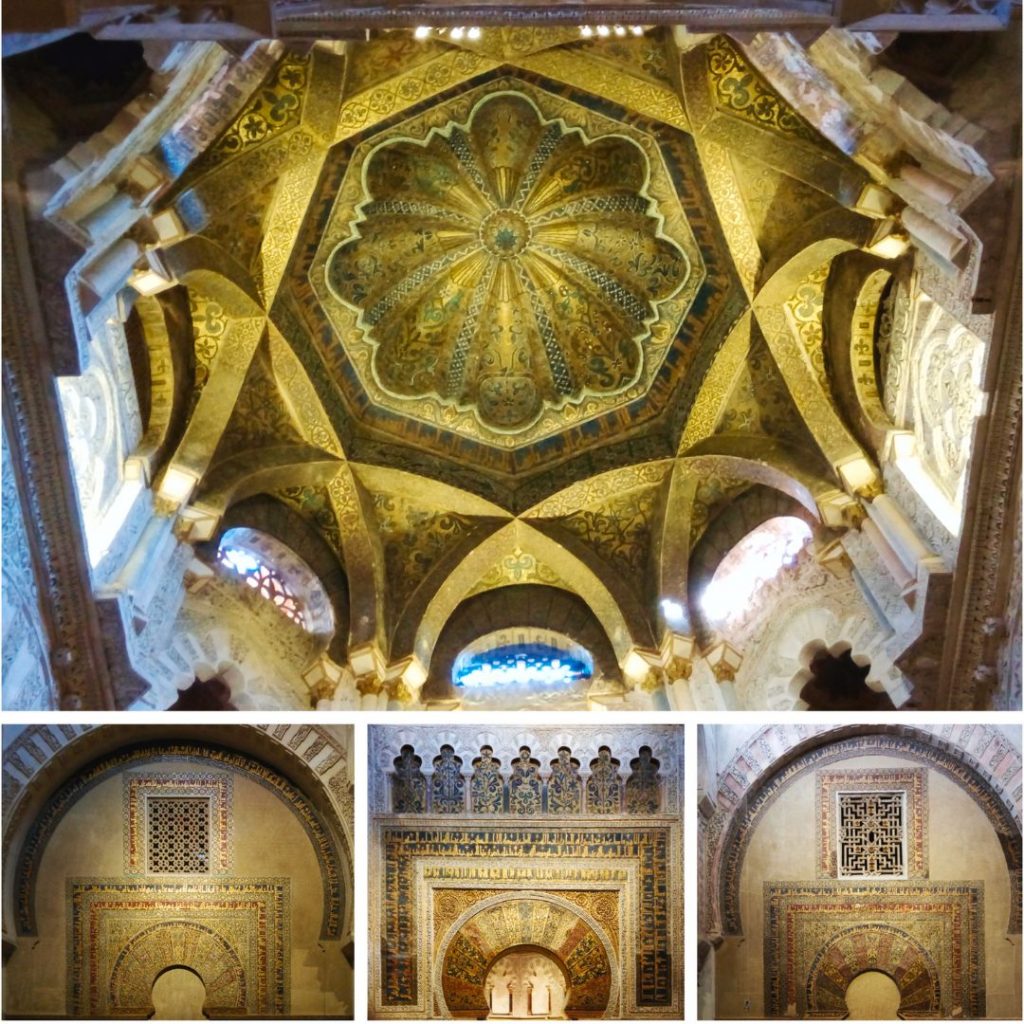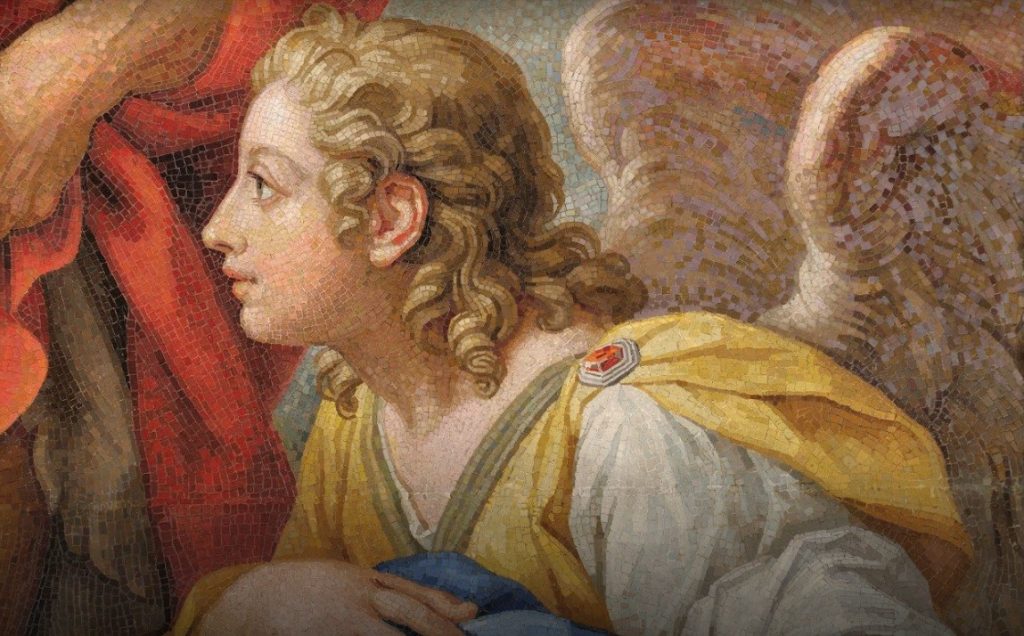
Mosaic art, often likened to a captivating puzzle, has adorned both the interiors and exteriors of spaces throughout history. This enduring art form, rooted in ancient Mesopotamia some 4,000 to 5,000 years ago, has gracefully weathered the sands of time. Its evolution has graced walls, ceilings, floors, and walkways with a tapestry of beauty and color.
From its modest origins, mosaic art transcended boundaries, flourishing in the skillful hands of Roman craftsmen. It traversed Europe, adorning surfaces with everything from basic geometric patterns to vivid depictions of daily life, heroic sagas, and mythical tales.
The Essence of Mosaic Art

Mosaic art, at its core, is the craft of crafting images and patterns on flat surfaces—be it a wall or a pathway. It weaves its magic through the intricate placement of small, colored fragments of glass, marble, ceramics, and various materials. These fragments find their eternal abode in a bed of cement or plaster, held together by adhesive, earning mosaics the endearing title of “eternal pictures.”
One such timeless masterpiece is the Gladiator Mosaic, which vividly immortalizes the fierce combat between two renowned Roman gladiators. This artwork finds its sanctuary within the esteemed collection of the Museo Arqueológico Nacional WAC POST – 1.
Evolution Unveiled

The advent of Islam in the 7th century AD breathed fresh life into mosaic art. It ushered in a transformation of themes and motifs, with intricate geometric and abstract designs emerging as powerful expressions of faith, particularly during the Moorish reign in Spain.
Mosaic art encountered a period of ebb during the Renaissance, overshadowed by the rise of frescoes adorning walls and ceilings. However, during the Age of Enlightenment, it saw a revival. Mosaic works during this era exuded such intricate detail that they rivaled the finesse of paintings.
Read More : 10 Cutting-Edge Sculptures Redefining Contemporary Art

One such testament to this era’s craftsmanship is the archangel adorning the “Baptism of Christ” mosaic art panel, an exquisite creation by Agostino Masucci and Mattia Moretti, gracing the hallowed halls of the Museu de São Roque.
The mosaic art renaissance surged once more in the latter half of the 19th century. Public edifices became canvases for intricate mosaic patterns and images, and the art form continued to evolve. Curved lines weaving into depictions of flora and fauna, crafted from brilliantly hued ceramic fragments salvaged from nearby factories, began to grace urban structures.
Read More : What Is Art For?
Mosaic Art in the Modern Era
Today, in the vibrant streets of France, mosaic art takes on a contemporary twist. Street artists draw inspiration from vintage video game graphics, embedding mosaic creations into public spaces. This democratized form of mosaic art transcends the confines of exclusivity, inviting everyone to partake in its visual symphony.
The Contemporary Mosaic Art Landscape
The realm of mosaic art, particularly in large-scale projects, boasts a select cadre of practitioners due to its exacting and highly technical nature. Nonetheless, awareness about the art form is on the ascent, fostering mosaic art projects in public spaces.
While mosaic art may not be a formal subject in art schools, its allure has captivated artisans who utilize it to adorn garden planters, tables, wall panels, and more. Architects and interior designers, recognizing its uniqueness and potential, fashion mosaic floors and wall designs that breathe life into living spaces.
Mosaic Art Flourishes on the World Art Community
At the heart of the mosaic art resurgence lies a sense of pride in encouraging partner artisans to breathe life into wall art, installations, furniture, and more through mosaic artistry. It is an invitation to explore their creative oeuvre, a testament to the enduring allure of mosaic artistry.





More Stories
Lab-Grown Diamond Engagement Rings: Perfect for Sheffield Couples
Why SMBs Should Invest in Travel Management Software?
How To Sponge Paint Your Floors